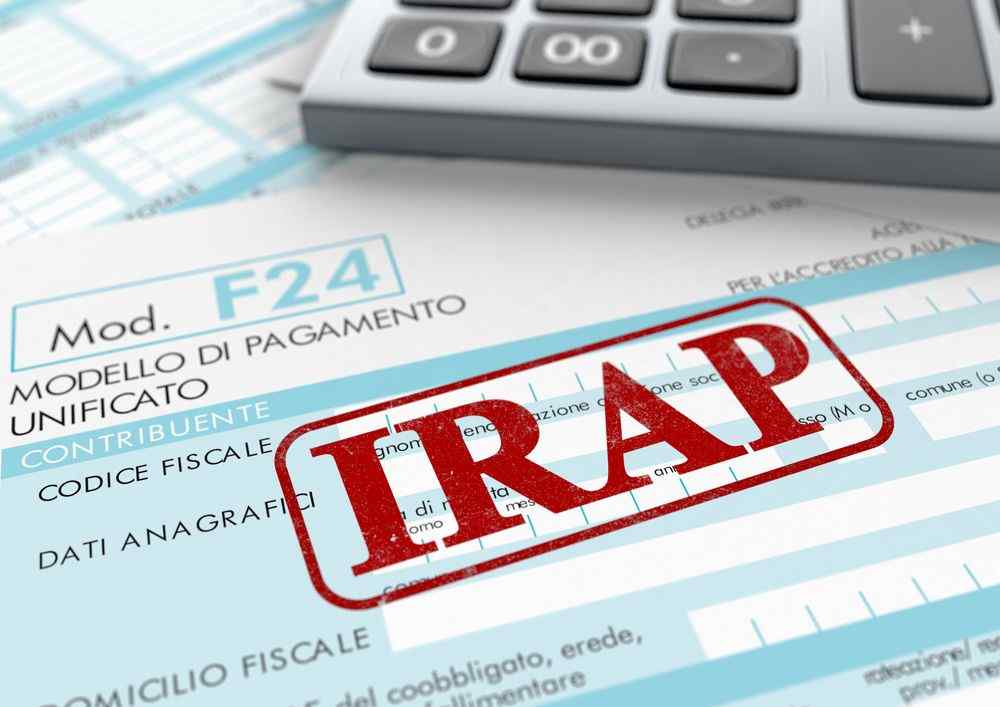IRAP, what is it paid on? How much?
IRAP, Imposta Regionale sulle Attività Produttive (Regional Tax on Productive Activities), has always been a subject of discussion among those in the industry, mainly because of its scope of application, which has never really been defined by the legislature.
IRAP: what it is
IRAP is the Regional Business Tax and was established in 1997. As can be guessed, 90 percent of its revenue does not go to the state, but to the regions in which the economic activities that must pay this tax are located. Since 2008, said revenue has been used to finance the National Health Fund, which is managed precisely by the regions.
The tax affects, as its name implies, productive activities.
In detail we discuss:
- companies;
- entities;
- freelancers (but their case will be discussed later).
It should be specified that public administration entities and agricultural producers are also subject to IRAP, although they do not engage in commercial activity.
IRAP tax base
The IRAP tax base changes from year to year, depending on what is established in government maneuvers, but it basically sees turnover as its benchmark. The taxable amount then also varies depending on the sector in which the person liable to pay the tax operates: trade, agriculture, public administration, banking sector.
For simplicity, let us consider the tax base of a commercial enterprise.
In this case IRAP is calculated on the difference between the value of production (simplifying, we can talk about turnover) and the cost of production, the costs in short incurred to produce that turnover.
However, there are some costs that cannot be subtracted to lower the IRAP taxable income, specifically:
- Personnel costs (wages and salaries);
- Interest expense related to any lease payments.
Calculating IRAP is a very complex exercise that requires an experienced consultant and accounting software. The above is thus an extreme simplification intended to illustrate what values come into play in this calculation.
Therate to be applied to the tax base obtained is 3.90 percent for 2017 (at the time of its establishment, the rate was 4.25 percent). Each region has the option to vary the basic IRAP rate by increasing or decreasing it by up to one percentage point. The tax is to be paid via F24 form using one of the provided tax codes.
In the case of payment of the balance, the IRAP tax code to be used is 3800, while in the case of payment of the down payment of the first installment or the second installment, tax codes 3812 and 3813 must be indicated, respectively.
IRAP: when is it payable?
IRAP, like
l’IRES,
must be paid using the balance and advance payments mechanism. When you go to file your tax return, the entire tax for the year for which you are filing said return will be determined. Advances that were paid in the previous year should then be subtracted from that value.
These are the deadlines to keep in mind:
- June 16 of each year, the balance for the previous year and the first advance payment for the current year are paid;
- November 30 then the second advance payment is made.
To give an example, the IRAP balance for 2016 and the first advance payment for 2017 were paid on June 16, 2017. The second down payment will be made by November 30, 2017.
Using the historical method for determining advance payments, one takes the previous year’s tax and goes to pay 40% of that amount for the first advance payment and 60% for the second advance payment.
IRAP: latest news
IRAP is among the taxes involved in the
Equitalia folder scrapping
, an operation launched by the government through the tax decree linked to the 2017 Budget Law and in the encroachment bis planned in the 2018 Budget Law.
Even for the IRAP that ended up in the file in 2017, it is possible to ameliorate the position while avoiding penalties and interest. As a reminder, there is time to apply until May 15, 2018.

